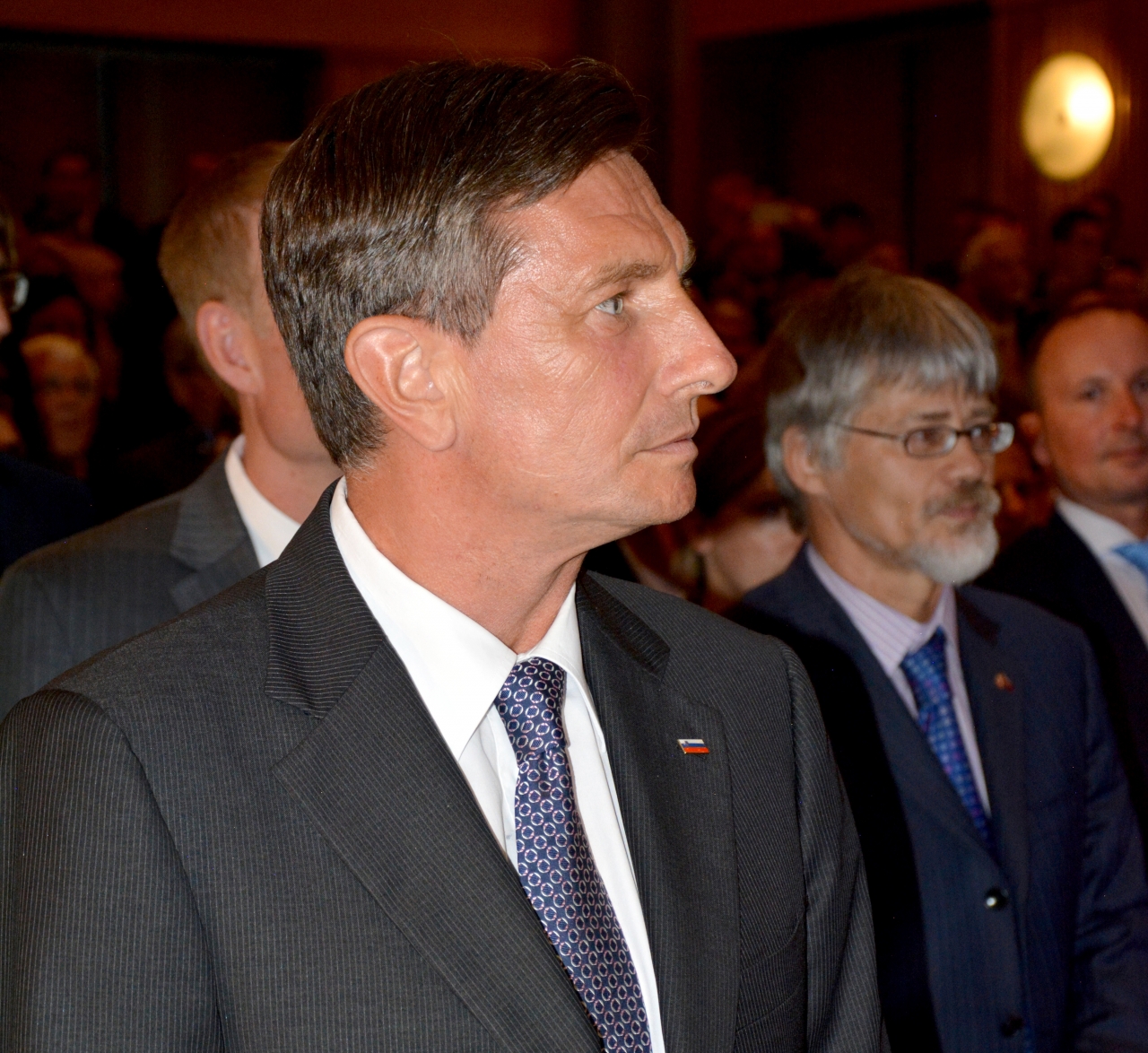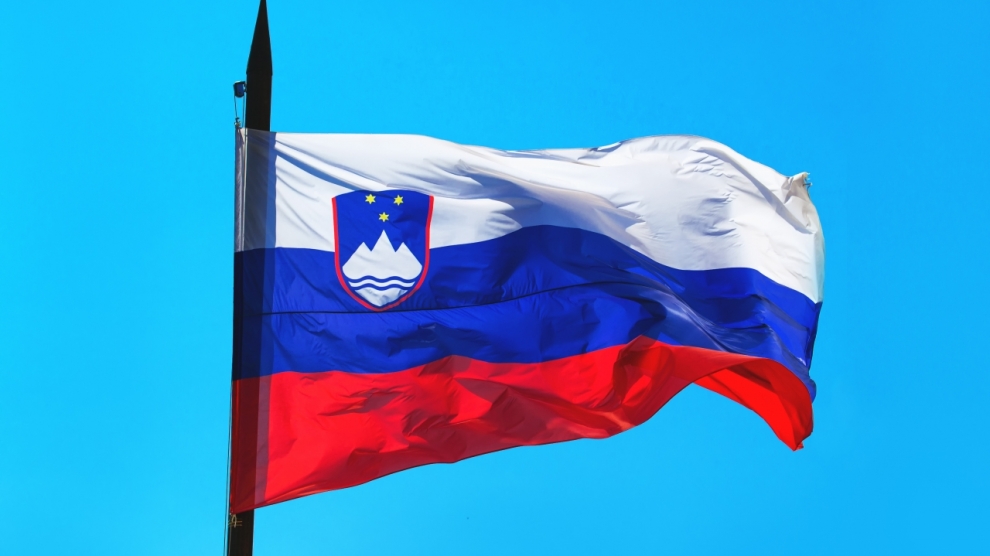Slovenia goes to the polls to elect a new president on October 22nd, and for the first time a majority of candidates are women: five, from a total of nine. The current president, Borut Pahor, is favourite to win a second term, and consistently tops opinion polls.
According to the 1991 Slovenian constitution, the office of president is chiefly a representative and ceremonial role. According to Shugart and Carey’s (1992) classification of formal presidential powers, the president may be classified as having minimal powers despite being directly elected. The president is elected through a majority system with a mandate of five years and the possibility of re-election in two consecutive terms.

Although the position of president in Slovenia could formally be considered weak, this does not prevent a particular individual in the office from exerting a strong political influence on the other branches of power (and the public) through his or her activities.
All four presidents who have held the post since independence (Milan Kučan, Janez Drnovšek, Danilo Türk and Pahor) have tried to do just that. One means by which influence is made possible is the president’s participation in certain electoral functions, such as nominating candidates for various governmental post. Amongst others, the president may propose candidates for the Constitutional Court, members of the Judicial Council, the Governor of the National Bank, the Ombudsman and the President of the Court of Auditors. These nominations must all be approved by the National Assembly. The president alone appoints the boss and both deputies of the independent Anti-Corruption Commission.
Since Slovenia gained independence, five presidential elections have been held. The lowest number of candidates was three, in 2007. The highest was nine, in 2002. Of the other eight candidates standing in the upcoming elections five candidates have been nominated by non-parliamentary parties, while three candidates are standing on behalf of parliamentary parties.
These comprise the governing Modern Centre (SMC), as well as the opposition parties New Slovenia (NSi) and the Slovenian Democratic Party (SDS).
All three parties have faced dilemmas about how to approach election. Pahor is clearly the most popular politician in the national arena, and it appears that there have been difficulties in finding a prominent candidate to participate in what has been described by many as an almost foregone conclusion. However, many commentators have also said that the participation of rival parties in the election is somethng of a democratic necessity. The SDS and SMC waited until almost the last moment to reveal their candidates, Romana Tomc from the SDS (an MEP) and Maja Makovec Brenčič of the SMC (the serving Minister of Education, Science and Sport). The NSi has nominated its leader, Ljudmilja Novak. Pahor’s closest rival, however, appears to be Marjan Šarec, the mayor of Kamnik in the northeast of the country and a former actor.
The campaign is not expected to be particularly intense. Many of the major parties have been facing financial difficulties, meaning that both money and energy is being saved for the more important parliamentary elections due to be held in June 2018.
The main topics of the campaign have so far included a number of questions about the role and function of the president, especially that of presidential authority. This came up after Pahor made a controversial statement in which he said that that he does not see himself as ”a moral authority.” Slovenia’s relationship with its neighbours is also expected to be a key issue.
_______________
The views expressed in this opinion editorial are the author’s own and do not necessarily reflect Emerging Europe’s editorial policy.






Add Comment